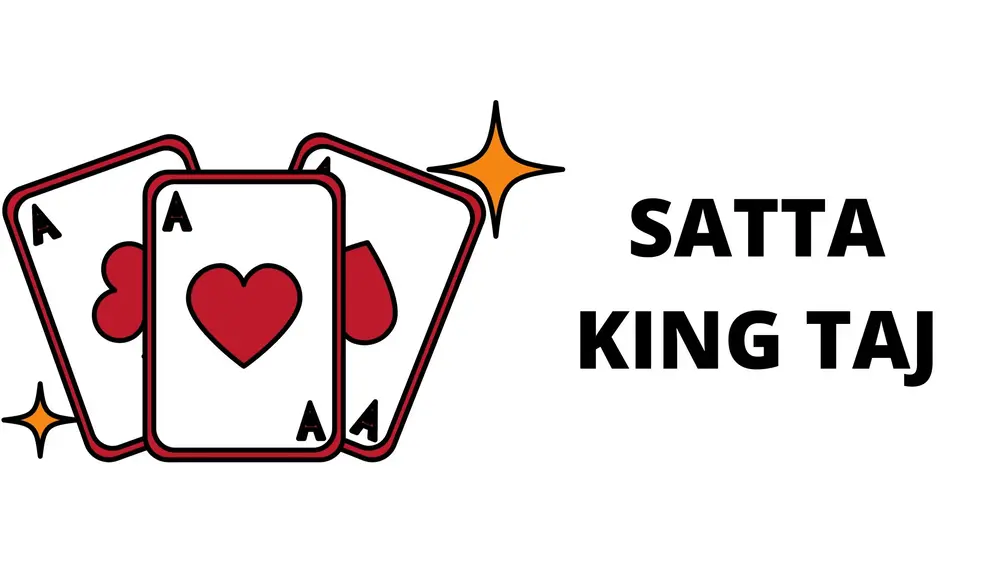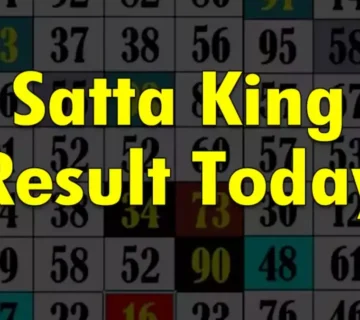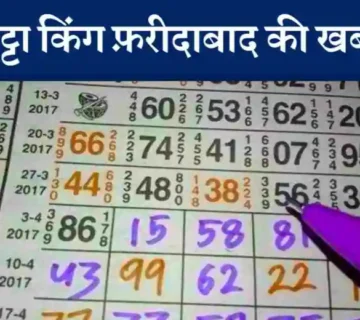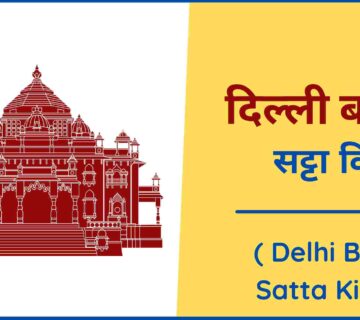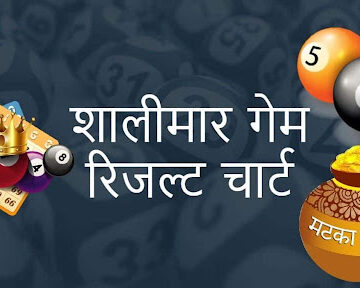Introduction:
In the realm of gambling and speculative games, the Taj Satta Game holds a unique place, especially in certain regions of South Asia. Originating from India, Satta Matka, of which Taj Satta is a variant, has been a popular form of gambling for decades. However, its allure comes with significant risks and implications for participants. In this article, we delve into the depths of the Taj Satta game, exploring its mechanics, risks, and impact on individuals and society.
Understanding Taj Satta Game:
Taj Satta is a form of gambling based on betting on numbers. The game involves participants selecting a set of numbers, which they believe will be drawn as the winning combination. These numbers can be chosen based on personal superstitions, historical patterns, or sheer luck. Once the bets are placed, a random number is drawn, typically from a predetermined set, and those who have wagered on the correct combination receive a payout, often at lucrative odds.
The game operates on a system of trust and discretion, with participants placing their bets through intermediaries or agents known as “bookies.” These bookies act as facilitators, collecting bets and distributing payouts. The entire process is clandestine and operates outside the purview of legal gambling establishments, making it difficult to regulate and monitor.
Risks Associated:
While Taj Satta may offer the allure of quick riches, it also carries significant risks for participants. The clandestine nature of the game makes it susceptible to manipulation and fraud. Bookies may engage in unethical practices such as tampering with draw results or absconding with participants’ funds, leaving them empty-handed.
Moreover, the addictive nature of gambling can have devastating consequences for individuals and their families. The lure of easy money can lead to compulsive behavior, financial ruin, and even criminal activity. The secrecy surrounding Taj Satta exacerbates these risks, as participants may be hesitant to seek help or support for their gambling addiction.
Impact on Society:
Beyond its impact on individual participants, Taj Satta also has broader societal implications. The proliferation of illegal gambling activities undermines the rule of law and fosters a culture of corruption. It diverts funds away from legitimate economic activities and contributes to the growth of underground economies.
Furthermore, the social stigma associated with gambling can marginalize individuals and communities involved in Taj Satta. Those who participate may face ostracism and discrimination, further exacerbating social inequalities.
Regulatory Challenges:
Efforts to curb Taj Satta and similar forms of illegal gambling face numerous challenges. The clandestine nature of the game makes it difficult for authorities to detect and prosecute offenders. Moreover, the lack of regulatory oversight enables operators to evade taxes and other legal obligations, further fueling the illicit industry.
Addressing the issue requires a multi-pronged approach involving law enforcement, regulatory agencies, and community outreach programs. Education and awareness campaigns can help highlight the risks associated with illegal gambling and provide support for those affected.
Read Also: The World of Satta Matka Free Games: A Comprehensive Guide
Conclusion:
The Taj Satta game, with its promise of quick riches and clandestine allure, poses significant risks for participants and society at large. Its unregulated nature undermines the rule of law, fosters corruption, and perpetuates social inequalities. Efforts to address the issue must focus on enforcement, regulation, and community outreach to mitigate the harms associated with illegal gambling and promote safer alternatives for entertainment and recreation.

